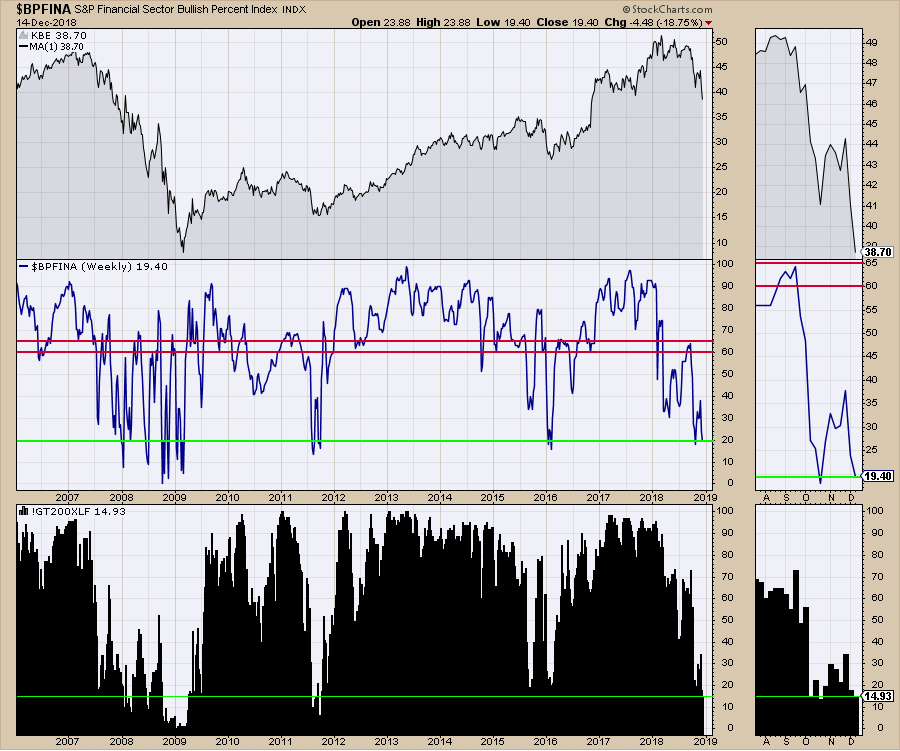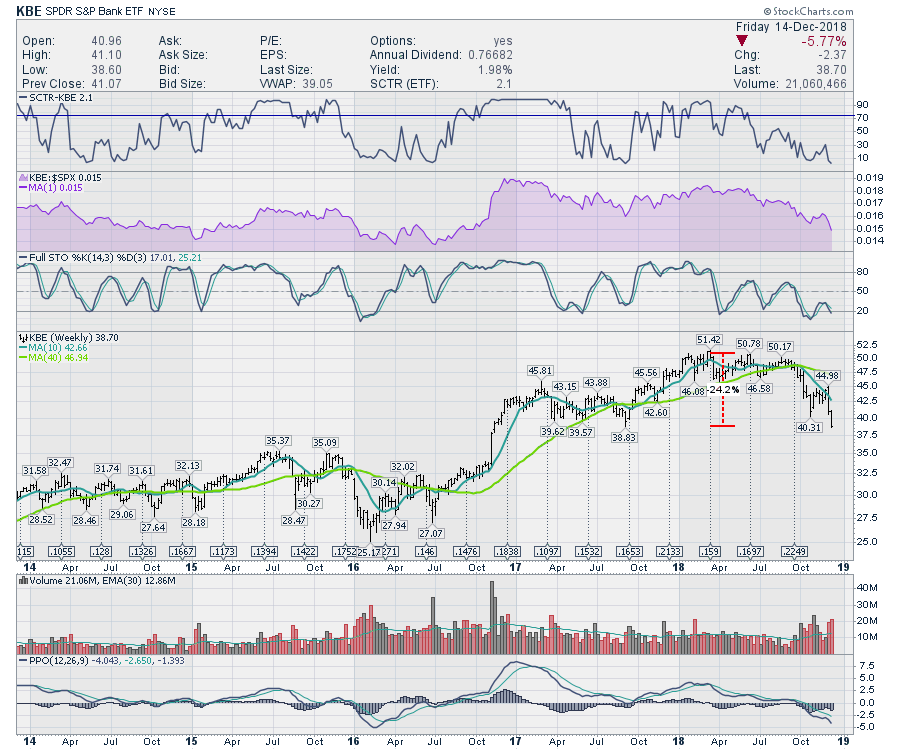
The Bear is here but still outside the door, ready to enter, as fear & panic permeate many sectors of Wall St.
SPX daily close is still above 2600, the FED meets this week, the Trade War is thawing and taking a break, and it is a seasonally bullish period, so I am still not in the bear market category, but looking for a rally now, and then the real decline begins in January, maybe late in that month.
The FED should raise rates, it must or else the market will crumble after an initial pop, but don't be surprised if the FED language is more dovish (bullish for equities) than many expect. The FED will be in a sweet spot after this rate hike and may throttle back any planned hikes in 2019 until at least the end of Q1. ....unless there is a surprising rise in inflation.
Technically, the market is weak, death cross in place, but unless there is a lower SPX swing low in the daily charts followed by a lower high, the bear will have to stand outside the door, no entry.
2019 will be a down or flat year with SPX trading in a fairly wide range - from 2200 to 2800, with the possibility of new record highs in the SPX and NASDAQ but this seems more and more unlikely.















